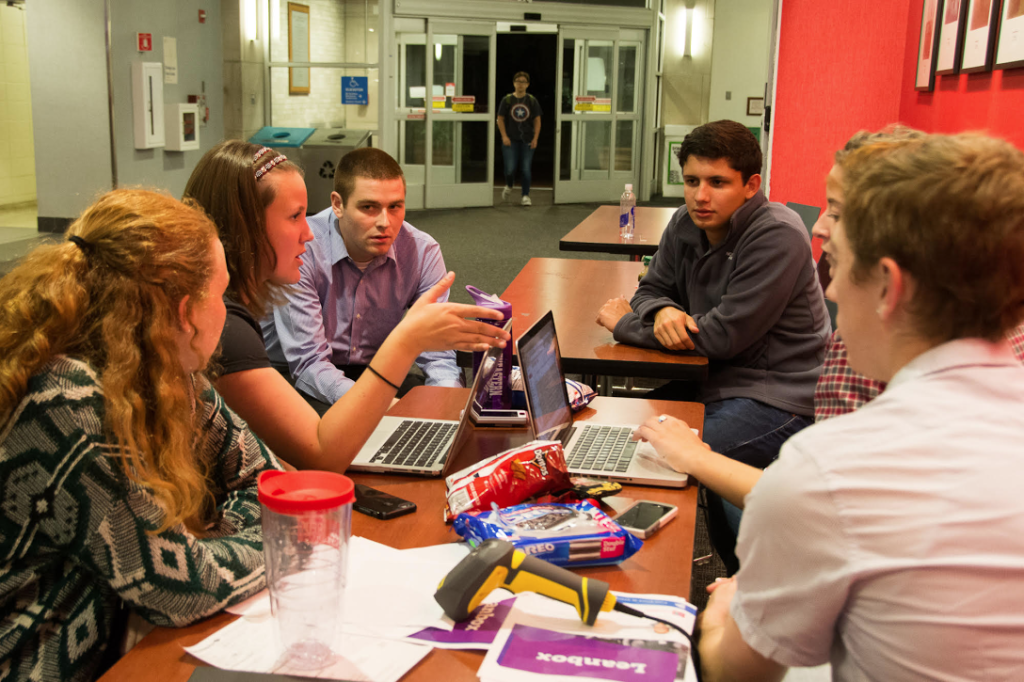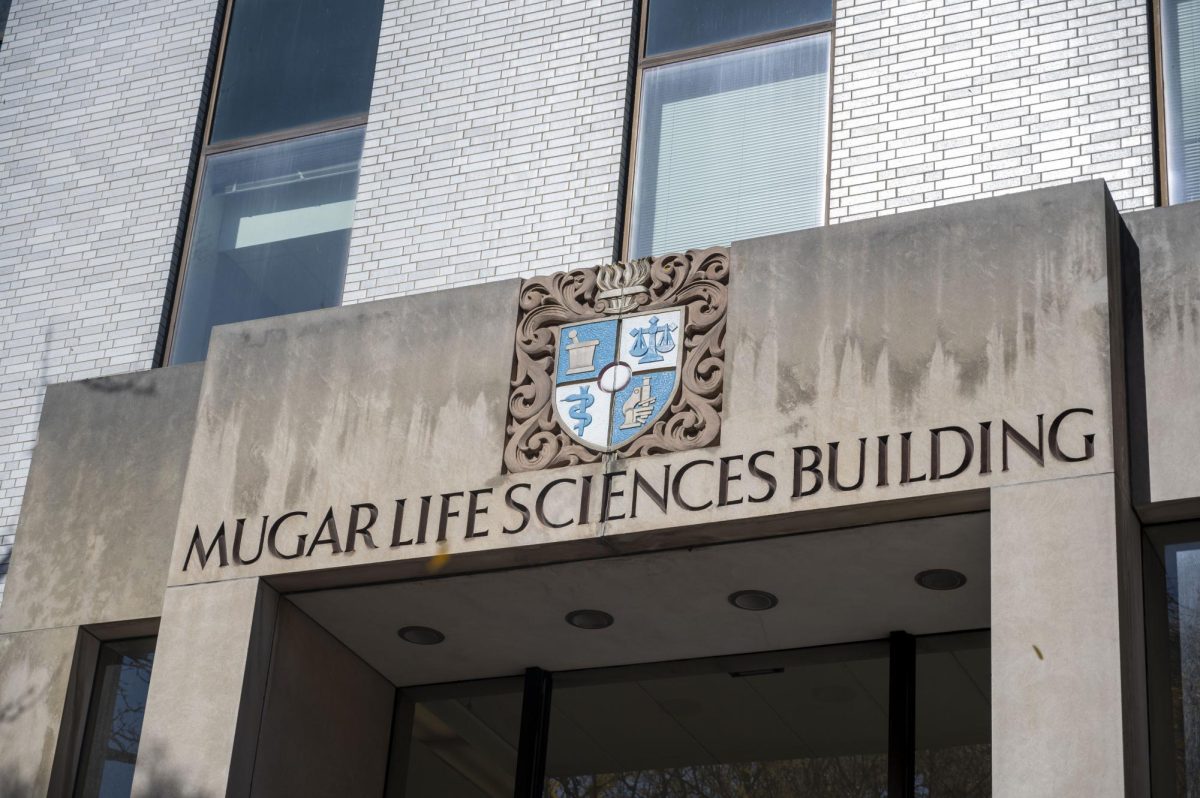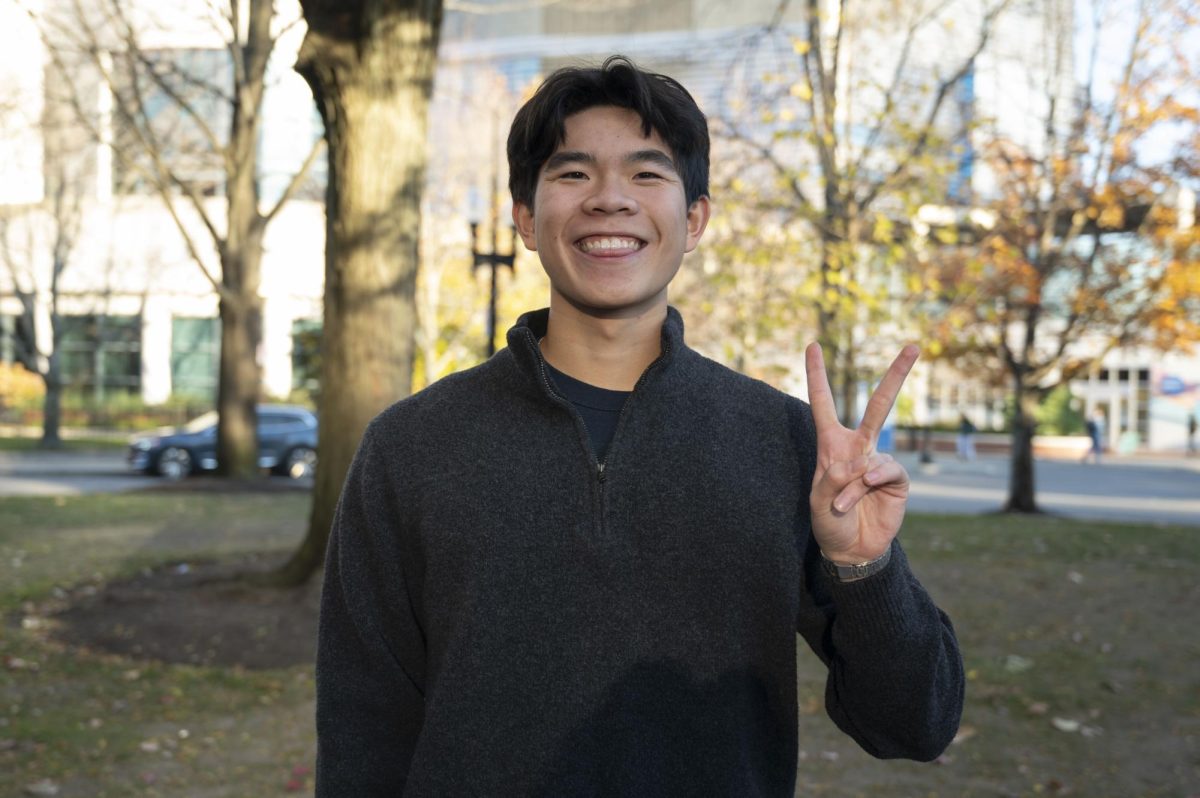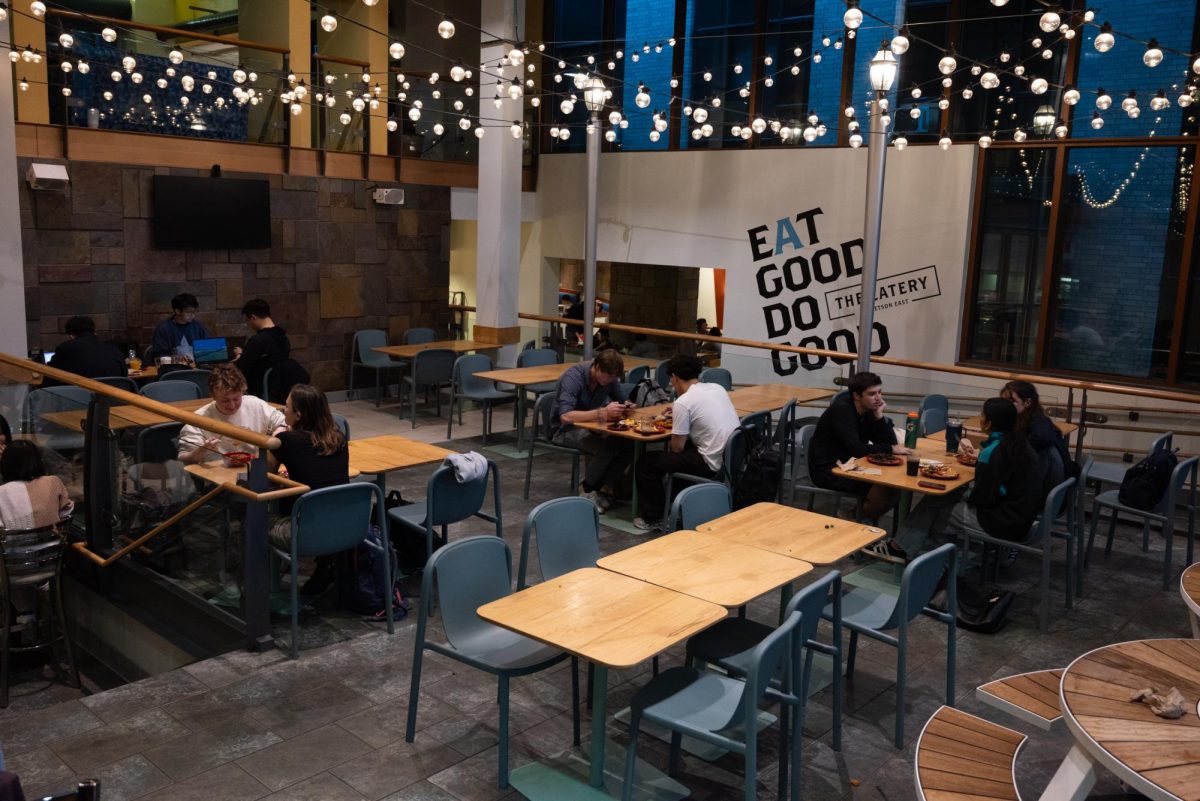By Anmolpreet Kandola and Elise Harmon, news staff
The Campus Climate Survey on Sexual Assault Northeastern, sent to random students last October, was mandated by the White House’s “It’s On Us” campaign. About 25 percent of those asked to participate in the survey did so voluntarily and confidentially.
In the latest meeting between the administration and the Northeastern Sexual Assault Response Campaign (SARC) on July 13, Vice President of Student Affairs Madeleine Estabrook told SARC representatives, who had been pushing to get the results of the 2014 survey released, that the document would be made public.
Students received an email from Estabrook containing a summary of the results and a link to the full report on Sept. 30 around 4 p.m.
“We [at SARC] are really happy that the survey was released,” Brennan Caruthers, a third-year business administration and finance major, said. “We think the school is attempting to do their part and is making great steps in the right direction… but it makes no sense that the university took almost a year to process the data.”
The survey was intended to gauge student opinions regarding current resources for survivors of sexual assault.
“In many ways, the recent strides the university has made to provide victims of sexual violence with access to support services and other resources appear to be paying off,” Estabrook said in the email containing the results. “More than 73 percent of respondents agreed or strongly agreed with the statement, ‘If a friend or I were to be a victim of sexual violence, I know where to go to get help.’”
However, according to the survey, over 25 percent of respondents did not know where to get help if they or a friend were a victim of sexual violence. Almost 60 percent were unaware that they could have an O.S.C.C.R. no-contact order issued to their alleged assailant, 48 percent were unaware that they could get alternative housing arrangements and 60 percent did not know that they could get their class sections or schedules changed.
“In terms of specific questions that were asked, a lot were very general yes or no questions,” Roxanne Anderson, a third-year human services major and SARC member, said. “It feels like they kind of brushed over the point of the survey. One of the biggest things that was missing was a question about the prevalence of sexual assault on campus.”
Anderson pointed out that questions pertaining to consent didn’t actually test people’s understanding of the policy. Question 19 asked “Did you know that the Code of Student Conduct’s definition of consent is the following?” before listing the entire policy. Students could choose “yes” or “no.”
“A more specific question might be, ‘If you are in a situation where someone is intoxicated, is it okay to sleep with them?’” she said. “That would [help us see] if students understand consent.”
The survey revealed that while many students would trust Northeastern to handle sexual violence correctly, a significant number would not.
Eleven percent of respondents doubt that the university would take the report of an instance of sexual violence seriously, while 16 percent disagree or strongly disagree that the university would support a survivor of sexual violence on campus who made a report, according to the survey results. More than 25 percent disagreed or strongly disagreed that the university would take corrective action against an assailant.
“I personally feel like the questions on this survey were very wishy-washy,“ Caruthers said. “[The yes or no questions] had very generalized statements.”
Along with the sexual violence prevention training for incoming students that was implemented last summer, Northeastern plans to conduct another climate survey this fall and wants students to approach the Violence Support, Intervention and Outreach Network (ViSION) with questions and for resources, according to Estabrook.
Carlos Cuevas, an associate professor of criminology and criminal justice at Northeastern, said schools and communities need to handle cases with an approach that emphasizes the support and safety of survivors.
“How students feel about reporting comes from how they learn that schools handle it,” Cuevas said. “There needs to be a visible presence, attitude and execution in the way that victim centers focus on victim safety. Having a more public presence would go a long way in helping move the needle on how people feel in terms of coming forward.”
One thing that SARC members felt was lacking in Northeastern’s email was mention of a resource center on campus where survivors could go for help.
“Our No. 1 goal is to get a resource center on campus, and that is something that is noticeably left out of the email,” Anderson said. “The email said stuff about already-existing offices in place, which we’ve seen are not the most supportive places for survivors to go. We’re interested in the administration giving us a more clear-cut answer on that.”
One of the biggest problems that Caruthers had with the survey was the use of the word “victim” instead of “survivor” to describe those who had been sexually assaulted.
“It’s upsetting for a few reasons,” he said. “It shows a pretty intense lack of understanding of the nature of sexual violence on Northeastern’s part, and also shows a lack of consideration for people taking the survey.”
SARC members plan on meeting with Estabrook in the coming weeks to discuss the survey, a possible resource center and the new survey that Northeastern plans to send out this fall.
“I think that this creates a precedent for the university,” Anderson said. “Students will hold the university accountable to report the facts.”
The External Affairs Office at Northeastern declined to provide additional comment on the survey results.
The full results of the Campus Climate Survey on Sexual Assault are available below.















